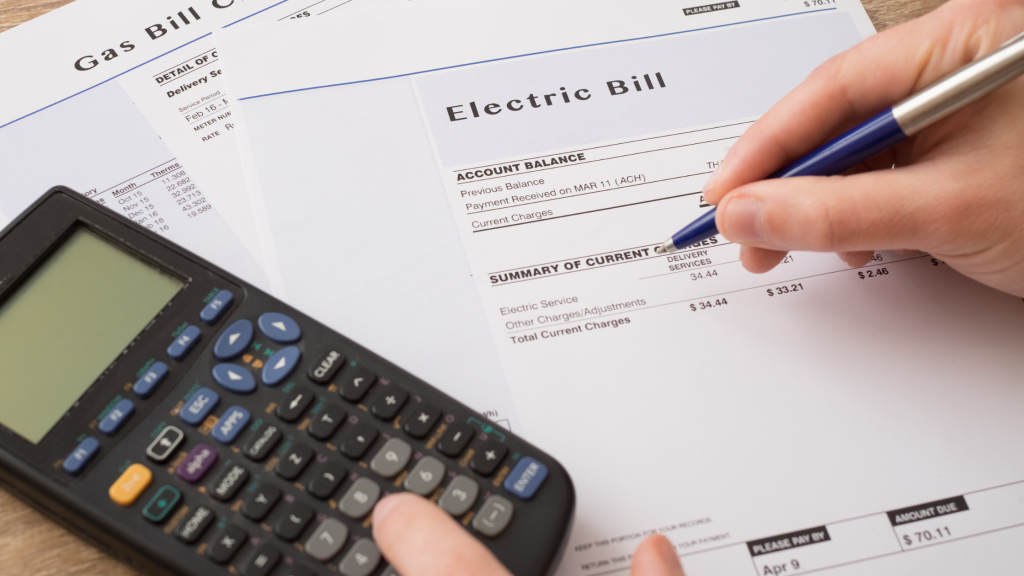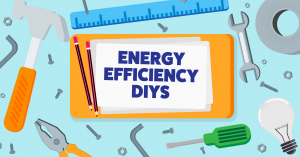It’s true there are more fun things to do than examine your energy bill, and often they are not the easiest thing to read, but they do contain a lot of useful information – much more than just what has to be paid.
Bills provide information on how much energy has been used, whether bills are based on estimates or actual readings, your customer reference number and a range of information on your tariff and charges.
Whether you receive bills online or by post it’s important to check that they are accurate but also to see if there are ways to reduce future bills. Energy companies will have different ways of presenting your bill but generally they should all contain similar information.
This blog sets out information that will be included in your bill and what you should keep an eye out for to clear up any confusion about your energy account or next bill.
When will I receive my energy bill?
This depends on the particular tariff you are on and your supplier. For example some suppliers may provide you with a bill every month, two months or each quarter. Also remember if you manage your account online you can check your bills, and previous bills whenever you like as well as comparing energy usage and submitting a meter read.
If you are on a prepayment meter (Pay as You Go) you will not receive a regular bill but will an annual summary or statement. This will include details of the tariff, energy used, how much has been spent ‘topping up’ your meter and other useful information.
What information is on my energy bill?
Although the exact wording may differ bills from energy suppliers contain similar information:
- Name and Address
Check the bill is addressed to you and is for the correct property displayed under the Supply Address. If you have not registered with the supplier the account may be addressed to “the occupier”. If so contact the supplier and register your details. If you are moving out of a property, your supplier may require a forwarding address in order to close your account.
- Account or Customer Reference Number
This is your unique identification number and is usually printed at the top of your bill.
- Meter Point Reference Number
This number identifies the property and meter to which the gas or electricity is supplied.
- Billing Dates
Check that the bill only covers periods when you were living in the property.
- Meter Serial Number
The meter serial number on the bill should be the same as the number printed on your meter. If these are different, then the bill may not be for your meter and you should contact your supplier so this can be rectified.
- Meter Readings
Check your meter reading on your bill against that on your meter to ensure it is compatible. If a reading is estimated (E) or has been provided by the customer (C) this should be stated on the bill alongside the reading. If your reading is estimated contact your supplier with an up-to-date reading.
The Electricity or Gas Network company (e.g. ESB Networks or Gas Networks Ireland) will attempt to obtain an actual meter read four times during the year to ensure bills are based on accurate readings.
- Amount Used
The amount used is usually shown on the bill next to the meter readings and is the actual number of units used during the period of the bill. This will normally be displayed in kWH.
- Do you have a brought forward balance?
If the bill is high, check for a ‘brought forward balance’ or ‘balance from previous bill’. This means that money you owe from a previous period has been added to your latest bill.
- Payments
Payments that you have made are usually recorded on the bill. Check that these are correct. It is always a good idea to keep receipts for any payments you have made.
- Amount to pay
This is the total amount that is due for payment. Check whether the bill is for a debit or credit amount. If the total to pay has a minus sign (-) next to it, or the letters CR, then your account is in credit and you do not owe any money.
What am I being charged for exactly?
For electricity and gas, you will be charged in pence per kilowatt hour (kWh).
The rate you pay will depend on the tariff you are on, the company you are with, your payment method and how you receive bills. The best rates are usually available if you choose to pay by direct debit and receive bills online.
If you see two different rates on your bill this may mean that your rates changed during the billing period. This may be because the tariffs have been changed/reviewed within the billing period, or your introductory discount period has ended.
Some suppliers may also display a breakdown of average daily consumption and a consumption comparison graph to compare usage with the same period last year. Both bills and annual statements will also provide a summary of ‘Fuel Mix’ which explains the fuels used to generate your electricity and their impact on the environment.
Why is my bill so high?
An unexpectedly expensive bill is never a pleasant surprise and it’s important to investigate why you have received it in order to prevent it happening again.
- Wrong bill
Firstly, you should consider whether you have received the correct bill by checking the address. Also make sure you have not been billed for the wrong meter by checking the Meter Point Reference Number or Meter Serial Number on your bill that actually matches the numbers on your meter.
- Estimated Bill
If the bill is definitely for your property and meter, then you should check to see whether the bill has been based on estimates rather than actual readings. Estimated bills will not be as accurate as actual meter readings. If this is the case, take an actual meter reading and provide it to your supplier so they can produce an accurate bill. If you are moving home let your supplier know and provide a closing meter read otherwise your account will be estimated.
- Incorrect reading
If the bill is based on an actual meter reading, then you should check the reading on your bill against your meter. An inaccurate meter reading may have been used by mistake.
- Wrong billing period
Check that the bill covers the dates you were resident in your home and not for dates before you moved in. Also ensure that when comparing billing periods you take into account summer usage will often differ from winter usage.
- Faulty meter
If you think there may be a fault, keep a log of meter readings every day for a week or so. If you have done this and still think there’s a fault, contact your supplier with this information. They can carry out tests on your meter to find out whether it is faulty.
I haven’t received any bills
If you are using a utility service and not receiving bills it might be tempting to say nothing, but you have a responsibility to bring this to the attention of the supplier. Consumers often believe that if the company does not bill them they won’t have to pay. This is not true and you may receive a backdated bill for overall usage once this error is identified.
Remember, if your bill is higher than you would like it to be, you can always consider switching your energy supplier for a cheaper deal. Price comparison tools like Power to Switch make this investigation and changeover simple.










